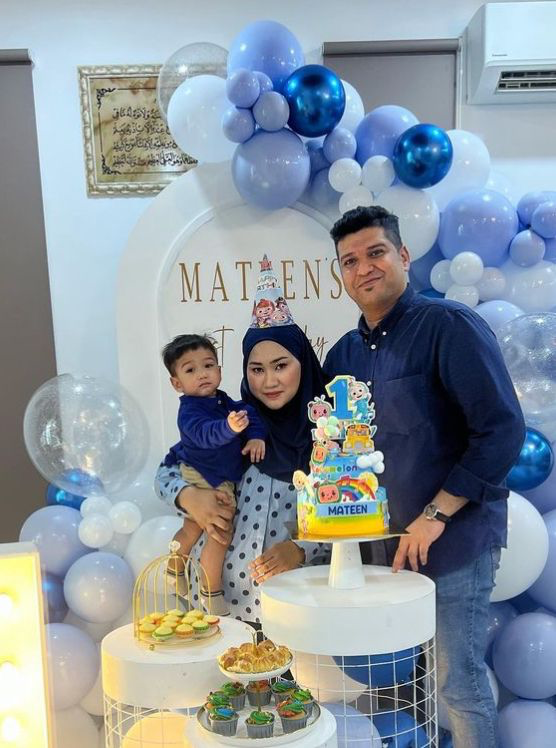KUALA LUMPUR, Oct 17— For many Malaysian couples, the journey to parenthood is filled with dreams of raising a family and nurturing children, but for some would-be mothers, the path can be a nightmare.
Difficulty conceiving would have once limited such couples to either adoption or childlessness, but today, modern fertility treatments such as in vitro fertilisation (IVF) offer a spark of possibility.
However, while IVF gives hope to such couples, it comes with significant hurdles, especially for women who once envisioned a simpler route to motherhood.
Jasmin Hassan, a 40-year-old lecturer from Ipoh, told Malay Mail that she knew from consulting friends who used IVF that it would be an expensive gamble, but even forewarned, she was surprised by how much she eventually paid.
“Cost was definitely a significant factor. I had to really weigh the desire for a family against our financial reality, which was daunting.
“There were several costs I hadn’t anticipated, and I was shocked by how quickly everything added up. The medications and additional procedures caught me off guard,” she said.
IVF involves using hormones to stimulate the patient’s ovaries to release eggs, which are then harvested surgically upon maturity, and fertilised with sperm in a laboratory.
The resulting embryos are cultured, before being transferred to the uterus to achieve pregnancy; often more than one embryo is implanted to increase the odds of success, which is why IVF often results in twins, triplets, or more.
The process can take weeks and can result in significant discomfort for the patient.
According to Jasmin, one blind spot for the costing was the hormone injections, which she said could cost RM1,000 each.
Her treatment required her to take daily injections for about two weeks per cycle, and longer in some cases, which she said quickly caused the bill to mount up.
At the end, Jasmin conceived with the aid of IVF, after having tried unsuccessfully for five years before, but she said the decision took a toll on her long-term financial goals.
“It has set us back in some ways, like delaying plans to buy a house or saving for retirement, but ultimately, I believe it was worth it for the chance to have a child,” she said.

While the cost may be eye-watering, another mother who used IVF, 35-year-old sales advisor Eyda Sybney, said the emotional roller-coaster was just as taxing.
Like natural conception, the chances of IVF success declines with age, ranging from about 40 per cent for those under 35 to less than 10 per cent for those above 41.
Despite the expert intervention and medical technology, success on the first try is far from guaranteed.
Eyda said that while she and her husband had saved up what they thought would be a lump sum payment for the treatment, they were devastated to learn that this was not enough to cover the unexpected expenses that cropped up.
“There were times when we ran out of funds and felt disheartened. We even contemplated taking a break from the treatment to focus on saving more money,” she said.
From additional procedures to more medication, she said the cost increased at a pace that almost overwhelmed their ability to pay for the treatments.
To manage the financial pressure, Eyda and her husband made several lifestyle changes, including reducing non-essential spending to allocate more funds for IVF, which also took a further emotional toll on the couple.
When asked if she explored financial assistance for the treatments, she said she initially looked into insurance coverage but quickly realised that IVF was not covered.
She also investigated payment plans, but found these confusing and not especially helpful.
The cost of the IVF treatments in the end caused the couple to push back many of their larger financial goals as these wiped out a significant portion of their savings.
Painfully, the treatments also did not lead to Eyda conceiving.
“However, I believe the investment was worthwhile as it brought us closer to starting our family, and while we may need to adjust our future goals, the experience has been invaluable,” Eyda said.
Fortunately for Eyda, she was eventually able to conceive naturally after discontinuing the IVF treatments, and is now a mother of one.
Recommended reading



















